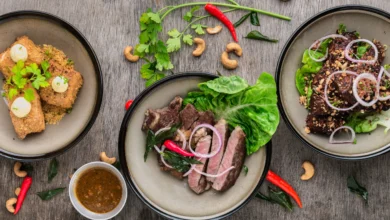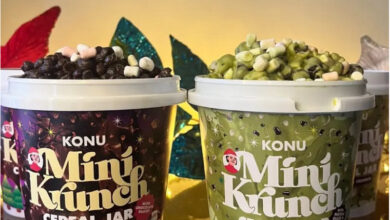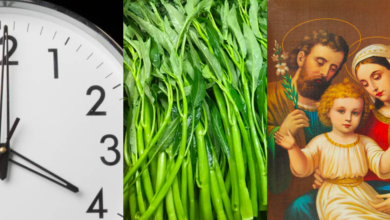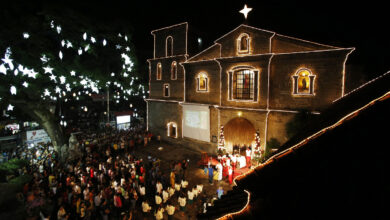
A Taste of History: Sharing our heroes’ favorite dishes
Food is primarily a source of nourishment, but it can bring just as much comfort to anyone as well. In every flavor that rolls in your mouth, a memory or a feeling could possibly unfurl giving you a different kind of energy to power through another day.
That’s the kind of magic food can create. And it would be nice to think that our national heroes felt the same way every time their favorite food was served. In a time when oppression and abuses were experienced by Filipinos, food was probably one of the things that kept everyone together.
Today, food has become one of the most important things that connect us to our past.
The power of food
Food is a huge part of our history and culture. Every dish tells a story, and it can bring us back to their origins. From the pre-colonial era up to the present day, the Philippines boasts of a rich cuisine coming from various influences.
Of course, aside from the abundance of interesting anecdotes about Filipino food, certain values have also been tied up to them such as the Bayanihan.
During the Philippine revolution against Spanish rule, providing food and a variety of ingredients was a way for the common people to thank the soldiers for their courage and sacrifices and to show their solidarity.
One of the Katipuneros’ favorite food was tapang usa (deer jerky), which served as their main provision for battle. They used to store this food in their belt bags along with their bullets and anting-anting.
Another bestseller among the Katipuneros was pinalundag na bulig (dalag). It was typically cooked in a pot with salt, vinegar, and garlic while the fish is still alive and finally deep-fried in a pan.
Heroes’ favorites
Certainly, we can’t cook for our national heroes today to show our gratitude for them. Nevertheless, we can recreate their favorite dishes and imagine sharing these meals with them. It’s a great positive way to honor their lives, and in a way, it lets us get to know them deeper.
Andres Bonifacio, for example, enjoyed eating litsong manok sa saha ng saging. Abundant everywhere and easy to catch, it became one of the Katipuneros’ survival food. The dish is cooked by covering the chicken in saha to prevent its drippings from getting into the fire and thus cause a smoke, which the guardia civil might notice.
Melchora Aquino, or Tandang Sora, was known for feeding Katipuneros with her tinolang manok na Tagalog — which was made with native chicken and chicken blood. The soup of the tinola was very soothing especially for those who were sick or wounded.
Gregorio Del Pilar also had his favorite food — the puto karamba, more popularly known today as okoy. His mother used to cook different kinds of kakanin, and Goyo sold them in the streets to earn money for his studies. Puto karamba is one of the food he sold, and it was a favorite snack of many Bulaceños.
Meanwhile, Apolinario Mabini’s favorite was bulanglang — a simple dish composed of assorted vegetables and no other ingredients. Gabriela Silang also loved vegetables in her food; pinakbet na Ilocano was her favorite, which consisted of bagnet pork and different vegetables mixed in bagoong.
Jose Rizal also had many favorites including bistek Tagalog (beef steak with sauce), tinolang manok sa kalabasa (or sometimes sayote), and minatamis na santol (sweetened santol). He also had a favorite merienda called Lang Lang, a noodle dish from Pagsanjan made with sotanghon, shrimp, chicken, and snow peas.
It’s great to know what our heroes loved eating during their time, and it’s even more amazing when you discover that you share the same favorites. In a way, you feel more connected to them like you personally knew them. Food definitely makes us feel closer to the people we look up to even when they’re no longer around.




